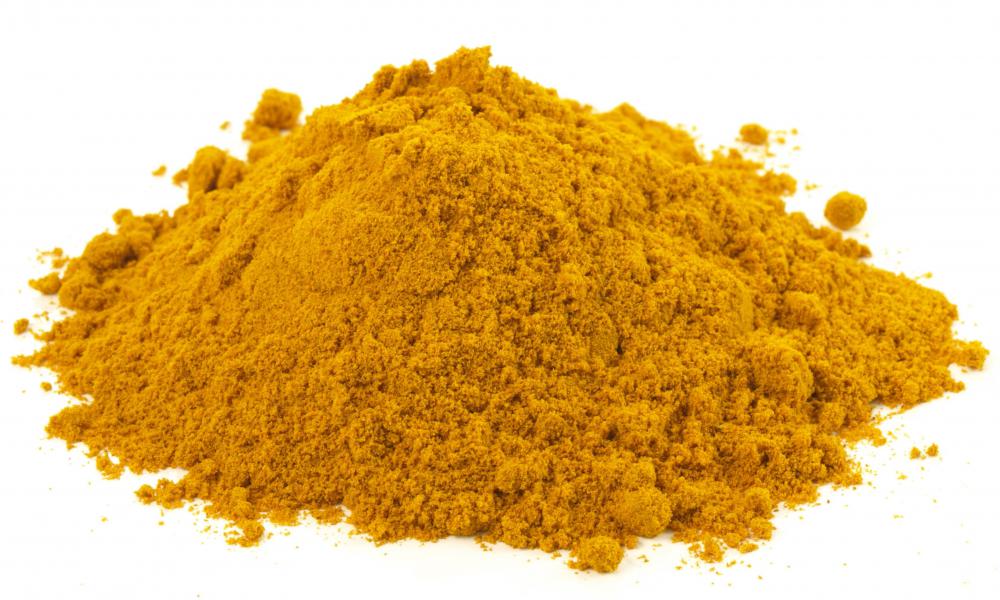At WiseGEEK, we're committed to delivering accurate, trustworthy information. Our expert-authored content is rigorously fact-checked and sourced from credible authorities. Discover how we uphold the highest standards in providing you with reliable knowledge.
What is Ayurvedic Cooking?
Ayurvedic cooking is a method of preparing food based in the ancient Hindu principles of healing. Though the eating of meat isn’t forbidden in Ayurveda diets, most food is vegetarian. The most common ingredients are vegetables and legumes with herbs and spices added for flavoring. Following certain principles, Ayurvedic cooking seeks to prepare foods in such a way that they assist in balancing the physical, mental, and spiritual harmonies of the body.
Common spices used in Ayurvedic cooking include turmeric, ginger, and cumin. Ghee is a common oil. This type of cooking seeks to use foods in their natural states and avoids using foods that contain chemicals, dyes, or preservatives.

In Ayurvedic cooking, each of six tastes is assigned to corresponding elements, or gunas, which in turn correspond to various parts of the body. The six tastes are sweet, sour, salty, pungent, bitter, and astringent. The gunas are connected to the tastes and are essence, activity, and inertia.
Sattvic foods are fresh, light and sweet in taste. These foods are connected with higher states of consciousness, provide the body with energy, and lead to clarity and balance. Examples are fresh fruits and vegetables, fresh milk, and grains.
Rajasic foods are bitter or salty. They are connected to activity, creativity, and pain. Examples are spicy foods.
Tamasic foods are foods that are dry, decaying, or distasteful. They are connected to ignorance and doubt. Examples include canned or frozen foods, meats, and alcohol. Tamasic foods are to be avoided in Ayurvedic cooking.

Ayurvedic cooking seeks to combine foods into combinations and proportions that promote sattvic qualities and some rajasic qualities to promote healing and wellness. The time at which food is consumed is also important. Noon is seen as the time when digestion is best, as it slows down in the evenings. Eating late in the day may lead to toxins in the body from undigested foods. When preparing foods, Ayurveda also considers the seasons of the year and the day’s weather and temperatures.

There is much about Ayurvedic cooking that is determined by the individual who will be eating it. Different combinations of food are considered to be more beneficial or harmful at certain ages. Each person is also considered to have a particular dosha, or body type, and different foods are better for the health depending on the body type of the individual.
AS FEATURED ON:
AS FEATURED ON:













Discuss this Article
Post your comments